Tesla has formally begun testing its completely autonomous robotaxi service in Austin, Texas, in a development that seems more like a story from a ‘Black Mirror’ episode than a traditional business strategy. Model Ys are truly driving over urban settings without any human drivers nearby. Elon Musk has said that these driverless tests have been run for several days, hence so far no major problems have been recorded—or at least none he has chosen to disclose on Twitter.
With roughly ten to twenty cars, the testing fleet is rather small and is moving around inside a precisely specified geo-fenced area. Still, they are not completely running alone. Tesla has embraced what it calls heavy teleoperation, whereby human monitors equipped with control panels oversee remotely. Should a robotaxi stumble into a confusing left-turn conundrum or falter at a four-way intersection like a confused golden retriever, a human operator can assist. Like self-driving with training wheels, which we ought all to be thankful for.
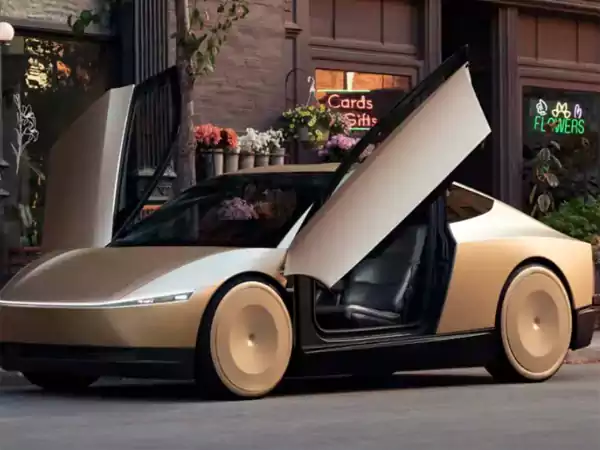
This public testing stage comes before the much-anticipated unveiling of the so-called ‘Cybercab’ on June 12. Musk has described it as the basis of Tesla’s robotaxi ambitions, which he has been advocating for several years. For those who have been paying attention, the robotaxi has been said to be ‘just around the corner’ since 2019. Musk’s timelines are as mysterious as a greased otter, but this time it seems he could be on the verge of giving something tangible. Still, the launch has some questions. Unlike competitors like Waymo and Cruise, Tesla’s approach avoids the expensive LiDAR sensors and instead depends only on cameras and neural networks. While safety experts and some engineers are still skeptical about Musk’s approach to cutting corners, he has always insisted that LiDAR is an unneeded crutch.
Furthermore, critics have pointed out Musk’s tendency to start projects without giving comprehensive justifications. With beta versions given to real consumers who act as unpaid test subjects, Tesla’s Full Self-Driving (FSD) system has been through many modifications, shadow mode assessments, and safety problems over the years.
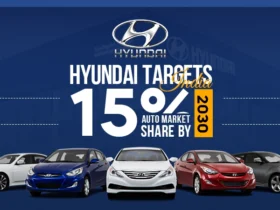
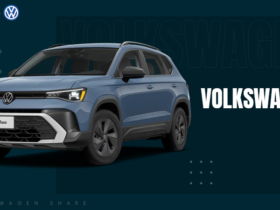
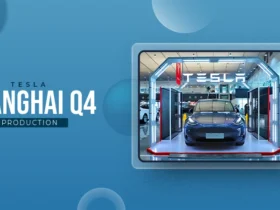
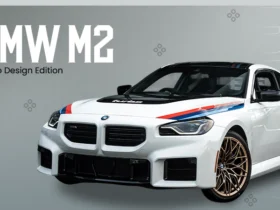
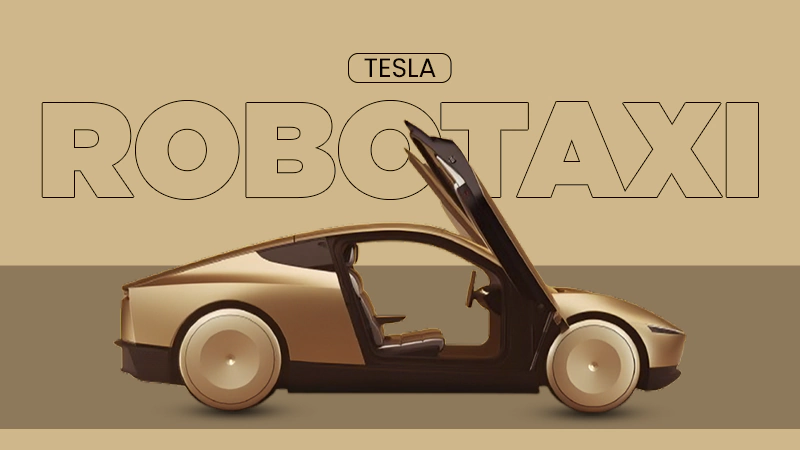
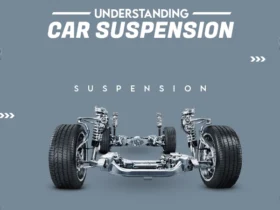
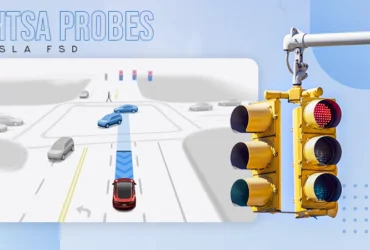
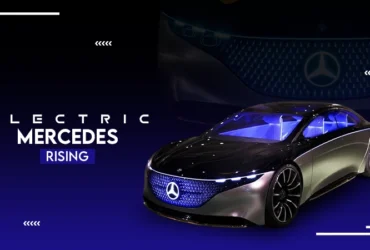
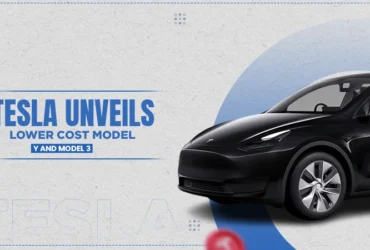
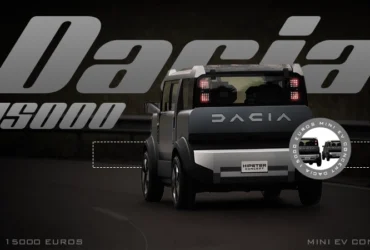
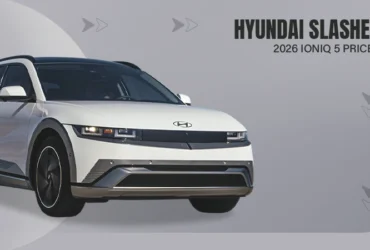
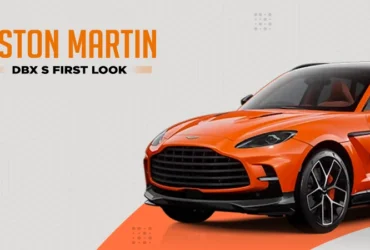
Leave a Reply